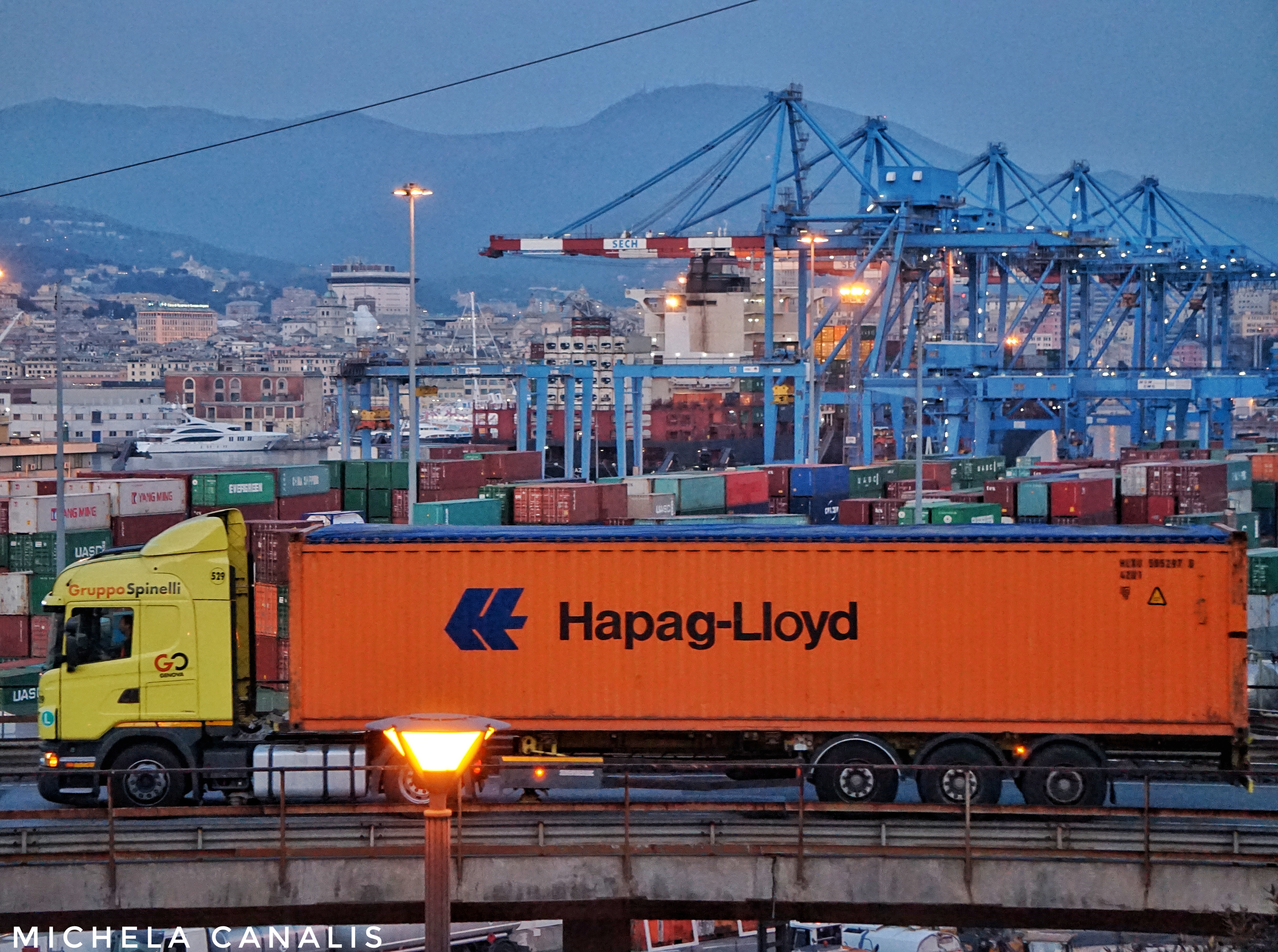The latest annual survey by the International Road Transport Union (IRU), which came out a few days ago, on the shortage of drivers in freight and passenger transport leaves no room for illusions.
The panel consisting of over 1,500 operators from 25 countries, including Italy, France, Spain, Germany, Romania, Belgium, the Netherlands and the United Kingdom, recorded vacancies of over 2.6 million in 2021, with percentage increases in all regions under investigation except in Eurasia (Russia, Uzbekistan and Ukraine) down by one percentage point compared to 2020.
More specifically, in 2021, in Eurasia 18% of the truck driver positions were left unfilled , i.e. 160,000; in Turkey 15.4% (82,000); in China 10.5% (1.8 million); in Europe 9.7% (380,000); in Iran 9% (44,000); in Argentina 8.6% (45,000); in Mexico 8.6% (54,000); and, finally, in the United States 80,000 positions (percentage not shown).
The outlook for 2022 is not much better with increasing shortages in all countries except Argentina and China, which are expected to remain basically stable. The highest peaks will be in Eurasia and Turkey, where vacancies could be as high as 26% and 18% respectively, while Europe could touch 14%. This scenario points to a serious underlying problem which, according to IRU, will limit the sector’s growth during the year.
The shortage of lorry drivers is due, above all, to the simultaneous emergence of two contrasting phenomena: the growth in demand for road transport and the ageing of the driver population, which is not adequately compensated for by the entry of new recruits.
The generational gap, however, does not reflect the socio-economic context of the regions under investigation, with a total of over 50 million unemployed in 2020, in some cases with regional rates of over 10%. These numbers are more than adequate for recruiting the necessary human resources to compensate the lack of truck drivers. Moreover, any measures to promote the profession would therefore also have positive effects on reducing unemployment.
In particular, operators have great difficulty in attracting young truck drivers under 25 years of age. Only Mexico with 19% of under 25s and China with 17% present a more balanced distribution of truck drivers by age group, with a share of young people one percentage point higher than the over 55s, i.e. 18% and 16% respectively.
Young drivers under the age of 25 in the other regions do not exceed 7%: in Europe they amount to 7%, which is also the region with one third of truck drivers over 55 (35%), raising the average age of its drivers to 47. These figures are higher than those recorded in the European transport industry as a whole, with 21% of over-55s and an average age of 44.
Iran, on the other hand, holds the lowest record, with just 3% of under-25s and a laughable 0.2% of female truck drivers, reflecting the fact that Iranian women make up 17% of the working population.
Among the causes pinpointed by the operators interviewed are the legal age for joining the profession, which ranges from 21 to 26, and its negative reputation. If it was made more attractive, it could steer unemployed young people towards this profession. The unemployment rate for young people is around 25%, ranging from 14% in China to 30% in Argentina, except for Mexico at 8%.
On top of this we have to add the lack of women truck drivers. With the exception of China at +5% and the USA at +8%, in general, the number of female drivers does not even amount to 3%. This is far below the percentage of women in the transport sector in general, which stands at 8%, with peaks of 20% in Europe, Eurasia and the USA. Women truck drivers in Europe stand at 3.2%, while in the transport industry they average 22%. According to the IRU, lack of safety, treatment of drivers at delivery points, long periods away from home and the poor image of the profession are the main reasons for so few women truck drivers.
According to many operators being interviewed, the severe shortage of truck drivers, which has a cascading effect on supply chains with negative consequences for business and consumers, is mainly caused by the loss of qualified drivers and they believe governments should improve their working conditions.
In an attempt to boost their appeal in the labour market, many companies have upped wages in 2021, and will continue to do so in 2022, especially in the UK, which has increased gross wages by 18% in nine months, and in the US, where the industry has increased pay by five times the historical average. However, at the moment, better wages do not seem to be having the desired effect operators hoped for, and according to some companies, it is even proving to be counterproductive: heavier pay packets are reducing the number of drivers as they can now spend a little more time at home.
Among the causes of the shortage of truck drivers reported by the operators interviewed, in addition to the lack of qualified drivers, which indicates not an unavailability but the lack of the necessary qualifications, voted most strongly in Argentina, Eurasia, Europe, Iran and Mexico, the poor image of the profession is the main cause attributed by most operators in Turkey, while those in China indicated above all the difficult working conditions.
The measures that should be taken, according to the survey, are mainly to improve working conditions for Mexico, Europe, Eurasia Iran and China, which recorded the highest percentage of all (73%); to lower the current minimum age of 21 years for Turkey; and to facilitate professional access and reduce licensing costs for Argentina. There is also general agreement on the need to improve the working conditions of truck drivers, by prioritizing parking facilities and improving delivery locations, providing drivers’ toilets; lowering waiting times; allowing flexible delivery times, preventing the truck driver from having to load and unload the goods.
Translation by Giles Foster




